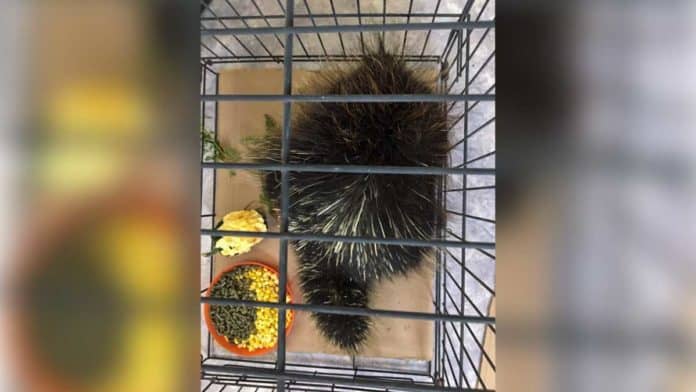MNIDOO MNISING—A new relationship and partnership between two Indigenous organizations committed and passionate to ensuring First Nation children have their Indigenous language and culture remain at the heart of their learning—learning that is rooted in their Indigenous sense of identity and belonging to ensure they thrive academically and personally—recently saw the fruits of their work come together.
In the spring of 2016, Kenjgewin Teg and Kwayaciiwin Educational Resource Centre (KERC) began working together on a project that involved translation and interpretation of selected educational resources already created and used by KERC into Mnidoo Mnising’s Anishinabemowin dialect. The result of this partnership project has now produced 48 Anishinabemowin booklets translated and interpreted by Mnidoo Mnising (Manitoulin Island) educators and Anishinabemowin speakers Rhonda Hopkins, Barbara Pitawanawkat, Kate Roy, Elaine Debassige, Jean Debassige and technical support from Nicole Fox. An added feature both educators and learners will find helpful is that these 48 resources each have the ability to hear a fluent Anishinabemowin voice reading the story too using what is referred to a ‘QR code.’ Quick response (QR) codes are readily accessible on most camera-equipped devices and with a compatible reader. Today, most smartphones with cameras are ready to scan QR codes anywhere.
These Mnidoo Mnising educators created a robust and thorough peer-review process for this Kenjgewin Teg project. Rhonda, Elaine, Jean, Barbara, Kate and Nicole are all Anishinabek educators who have taught and been part of instruction and delivery within various Mnidoo Mnising Anishinabemowin immersion environments. Classroom sets of these newly released resources will soon be shared with Kenjgewin Teg’s member schools, as well become an essential resource for Kenjgewin Teg’s unique Anishinabemowin early childhood post-secondary diploma program set to begin January 2021.
“It is imperative that educators in our First Nation schools have access to authentically, locally created resources for children,” shared Stephanie Roy, president of Kenjgewin Teg. “KERC’s school and community resources are so professionally written and published, we wanted to be a part of the great work they have been doing for nearly two decades. While First Nation control of First Nation education continues to be implemented 48 years after its first release by the Assembly of First Nations, it is these types of third level services, which includes school resources based on Indigenous worldview and language, that still remain in their early stages of development and resource support.”
“One of our driving forces at KERC is develop culturally relevant materials for students. We feel students with a strong sense of identity will result in student success,” says Christina Meekis, executive director of KERC. “We are proud to have collaborated with Kenjgewin Teg to share and adapt our resources for their needs. Language is integral to strong identity and we are grateful our resources can be adapted into different dialects to serve community needs from not only our region, but other regions as well.”
Kenjgewin Teg and KERC are already looking forward to their next partnership and collaboration project and will begin searching for opportunities to financially support this critical work in First Nation control of First Nation education.





